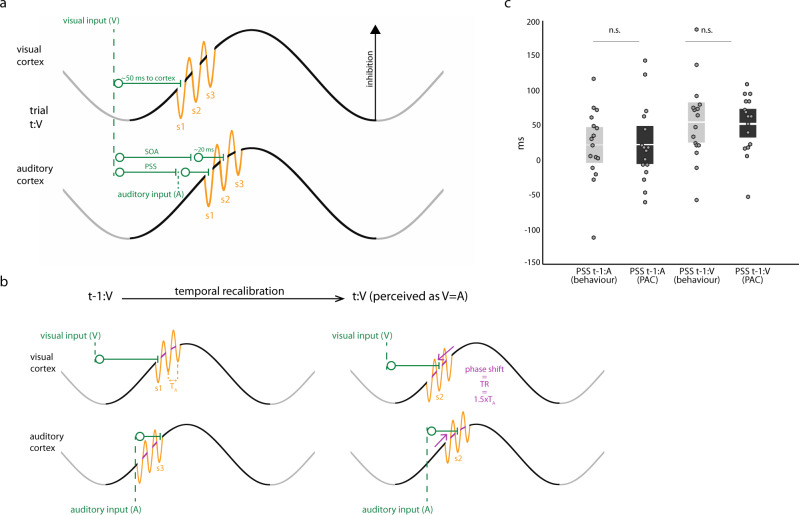Fig. 7. Dynamic-insertion mechanism of rapid temporal recalibration.
a Cortical registration of sensory inputs. Schematic illustration of slow oscillatory variations in auditory and visual cortices marking the level of net regional inhibition. PAC manifests as faster oscillatory cycles (orange) nested within slower-frequency cycles. The Dynamic-insertion model posits that each alternation of the fast oscillation defines a sensory registration “slot” (marked as s1, s2, and s3) that transiently reduces inhibition to facilitate the cortical registration of the sensory input. Here we consider the example of a multimodal stimulus pair consisting of a visual sensory input (V, occurrence marked with first green vertical dashed line to the left) preceding an auditory sensory input (A; rightmost vertical dashed line). The trial (t) is labeled t:V to indicate the sequence (V preceding A) of sensory inputs in the pair. The visual neural signal takes about 50 ms to reach the cortex from the retina. The time latency of the auditory stimulus with respect to the visual presentation is the SOA. Neural signals reach the auditory cortex within a considerably shorter amount of time than along visual pathways (~20 ms vs. 50 ms). When the SOA is long enough, the stimulus pair is perceived as asynchronous because the visual cortical input is registered in slot s1 in visual cortex, while the auditory input is registered in slot s2 in auditory cortex. When the SOA is shorter and reaches the PSS, both the auditory and the visual neural signals are registered in the s1 slots of the respective sensory cortices and the stimulus pair is perceived as synchronous. b Dynamic-insertion mechanism of rapid temporal recalibration (TR). We denote TA the period of the fA cycle. In the example shown, the preceding trial (left) is of the t-1:V type, whereby the visual input precedes the auditory input. (Note that the model also applies to t-1:A trials.) In this t-1:V trial the SOA is such that the visual input is registered to a s1 slot and the auditory input to a s3 slot resulting in an asynchronous perception of the audiovisual stimulus pair. The Dynamic-insertion model predicts that during rapid temporal recalibration the phase occurrence of fA oscillatory segments along the slow cycles in the auditory and visual cortex is shifted to adapt to the current audiovisual modality order. The subsequent effect of this phase shift (highlighted with pink arrows) is that on the current trial (for illustration purposes t:V with similar SOA to trial t-1:V) both the auditory and visual stimuli are more likely to be registered to a s2 slot. The resulting subjective perception of the stimulus pair is more synchronous than on the previous trial. The audiovisual asynchrony on trial t-1 causes a shift in PSS, such that similar asynchronies on trial t appear less pronounced than before (as seen in behavioral data in Fig. 2b). c Empirical & PAC model of point of subjective simultaneity (PSS). The PSS values derived from the Dynamic-insertion model predictions (black bars) were statistically identical on average to those observed empirically in participants (gray bars), in both conditions (t-1:A, left; and t-1:V, right) with p = 0.95 and p = 0.92, respectively (two-sampled paired t tests). Dots represent single-subject data (n = 16).

